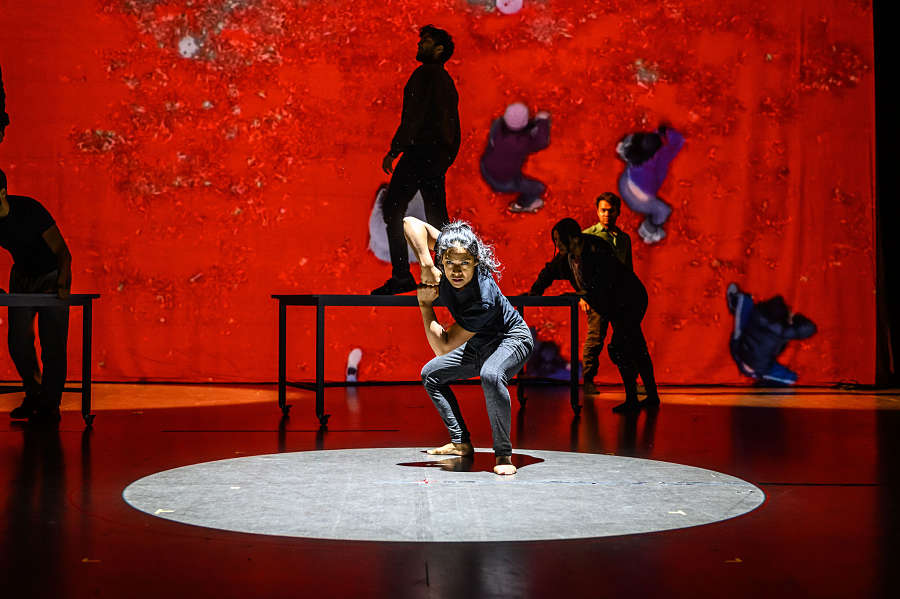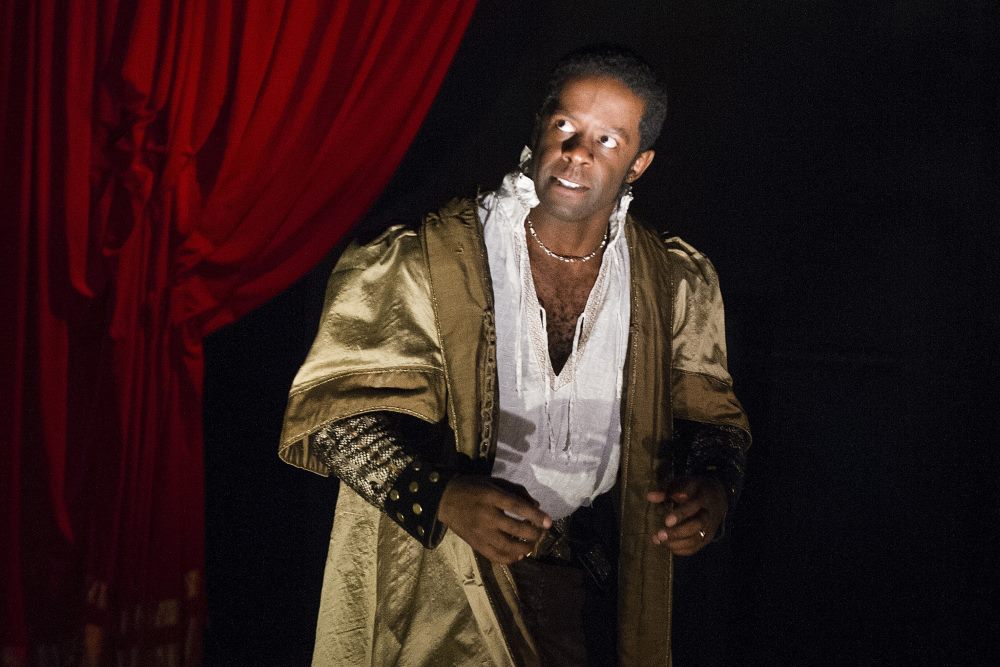What’s the elevator pitch for Hymn?
It’s about two Black men who meet at a funeral and realize they have more in common than they ever imagined. They get to know each other and fall in love—familial, platonic love—and then tragedy strikes.
The play debuted in London in 2021. How much has it changed for Chicago?
The basic story is the same, but there is much more changed than I imagined. I spent a week in Chicago, where Chicago Shakespeare Theater set me up with a middle-aged Black community in Chicago. I met people, I went to church, to museums; I walked certain neighborhoods and looked at housing and parks. It transposed really well to that city.
Did you notice any ways that race is lived and perceived differently in each culture?
There’s a story in the play where two cars are facing each other; the white driver of one car refuses to move, and the Black driver of the opposing car comes out to say, “Excuse me, please move,” and the white woman says, “You’re being aggressive.” In England, you may be inflamed and furious, but you back down and just go, “Let’s not get into it.” It just wouldn’t be like that in America. You wouldn’t swallow it; there would be much more of a face-off.
How about differences between British and American theatre folks?
In the U.S., theatre feels very hard-working, very skilled…and waiting for instruction. In England, I think it’s more scrappy, like, “Hey, should we try this?” It’s a little bit more loose around the edges.
What’s your first theatrical memory?
I was 6 years old, in an assembly at school on the subject of friendship. Our skit was that I was an old lady, and two boys knocked over my shopping, then came back and helped me pick it all up. We really went for it. I brought my mum’s coat and lots of empty boxes and tins and things in plastic bags. I think it must have been hilarious. I thought, “Oh, I like this.”

(Photo by Matthew Murphy & Evan Zimmerman)
What’s the last experience you had that reminded you why you do this?
In December, I had a 10-day trip that took me to Mumbai for the end of the U.K. company tour of Life of Pi; to see the show in front of an Indian audience in the heart of India was really special. A few days later, I flew to Baltimore, where the U.S. company, who had just come together, opened Life of Pi at the Hippodrome. It was extraordinary to watch the show on two different continents.
What advice have you gotten from mentors that stuck with you?
I wrote a treatment for Red Velvet, my first play, about the actor Ira Aldridge. I knew Kenneth Branagh a little bit, and I asked him to read it. He gave me the most amazing notes. When I look back at it, that treatment was just an endless stream of facts; it wasn’t a story at all. But he was really encouraging, and a couple of the suggestions he gave me actually lasted into the play I wrote years later. Encouragement from somebody of that significance really made a difference.
If you could give your younger self one piece of advice, what would it be?
Stand tall. Let no one make you feel small—absolutely no one.
Finish this sentence: It’s not theatre unless…
It’s enjoyable. My motto is: Enjoyment, not endurance.
Support American Theatre: a just and thriving theatre ecology begins with information for all. Please join us in this mission by joining TCG, which entitles you to copies of our quarterly print magazine and helps support a long legacy of quality nonprofit arts journalism.





